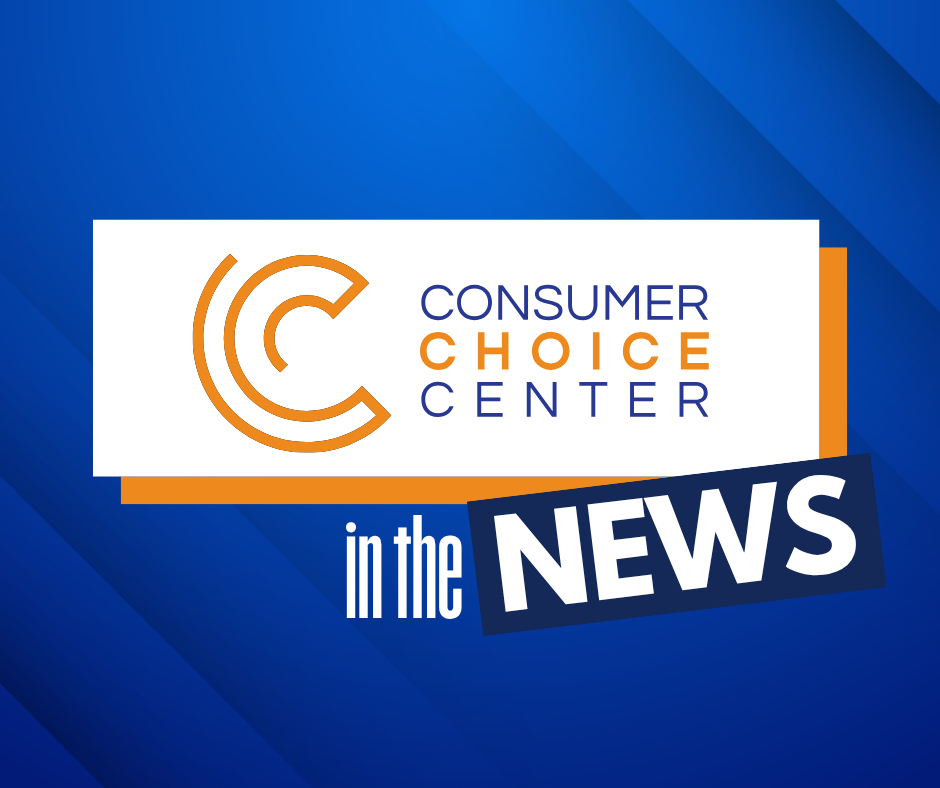In the context of the Trump administration’s threat of tariffs on Canada and the possible renegotiation of the United States-Mexico-Canada Agreement (USMCA), Canada’s system of supply management for dairy, poultry, and eggs is under renewed scrutiny.
Trump’s pick for commerce secretary has argued that Canada treats American dairy farmers unfairly. The president himself has previously made similar claims.
They have a point. Canada’s system of supply management imposes tariffs on U.S. farmers for chicken, turkey, eggs, and dairy products, between 150 percent and 300 percent. If Donald Trump’s 25 percent tariff threat is a problem, so too is our supply management policy.
Yet in recent days, the Trudeau government has signaled that it won’t make any concessions on its system of quotas, price-setting mechanisms, and import tariffs.
This DeepDive discusses the persistent problems with the supply management system and presents a path forward. It is increasingly clear that this system not only serves Canadian consumers poorly but also harms Canada’s international trade interests. The time for change is now.
What is supply management?
Supply management is an agricultural policy framework for dairy, poultry, and eggs that dates back to the early 1970s. It operates through three main mechanisms: production quotas, import controls, and a cost-of-production formula.
The system dictates how much each farmer can produce through quotas. The concept behind controlling supply in this way is for supply to meet demand without leading to surpluses or shortages. Farmers must own or lease a quota to produce, which adds a layer of control over who can not only enter the market but also how much they can actually produce.
One of the mechanisms to control the flow of dairy into the Canadian market is import controls, which are tariffs on imported goods over a specific threshold. Under the current system of supply management, a limited amount of products from foreign markets can be imported at a lower tariff or zero tariff rate using a system of tariff rate quotas (TRQ). The thresholds vary by product to product and by the trade deal governing the relationship between the exporting country and Canada such as USMCA, Comprehensive Economic and Trade Agreement (CETA), Comprehensive and Progressive Agreement for Trans-Pacific Partnership (CPTPP), and the World Trade Organization (WTO).
Regardless of the trade deal in question, the TRQ limits are small and ensure that the Canadian market for these products is almost entirely Canadian. The tariffs under supply management are as follows:
Dairy:
- Tariffs on products like butter, milk, and cheese above the TRQ limits can be as high as 241 percent. While the rate varies, it is generally between 200 percent and slightly higher than 300 percent.
Turkey and chicken:
- Tariffs on chicken imports above the TRQ can reach 289 percent, and on turkey imports, they are around 165 percent.
Egg and egg products:
- For egg and egg product imports above the TRQ limit tariffs range between 150 percent and 164 percent.
The cost-of-production aspect of supply management ensures that prices are fixed to cover the farmer’s cost of production and what is considered a “reasonable” profit margin.
Read the full text here


